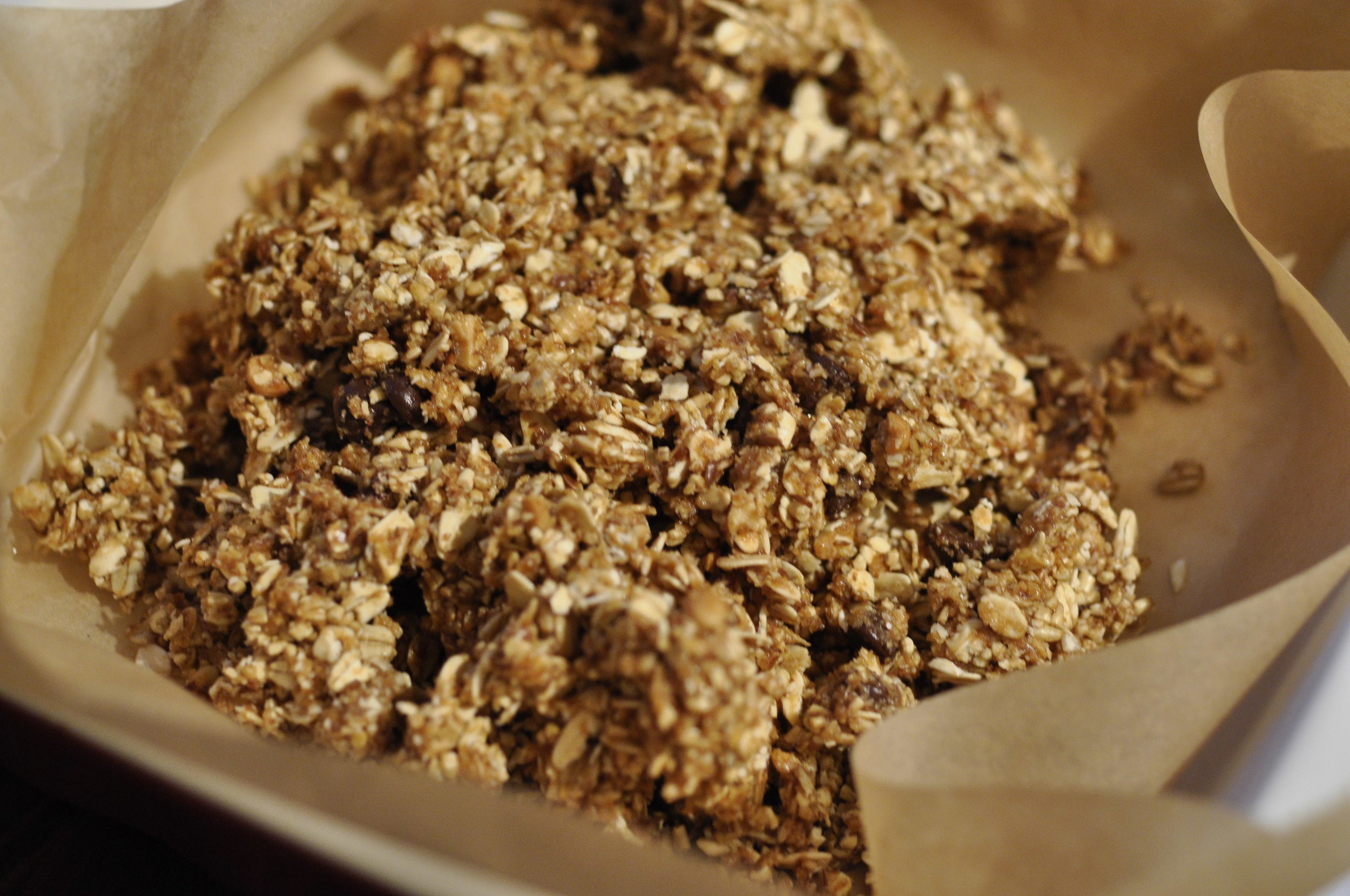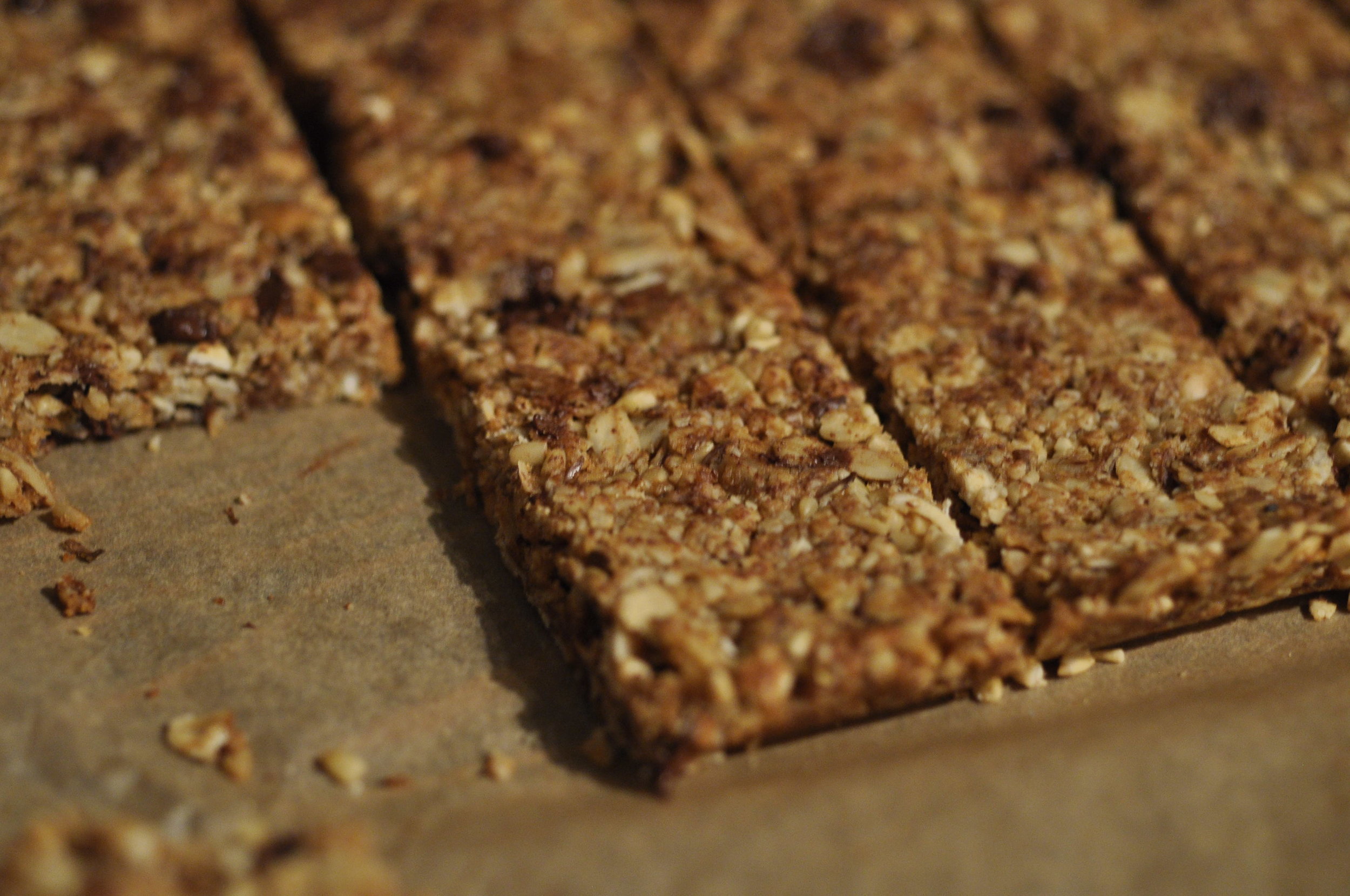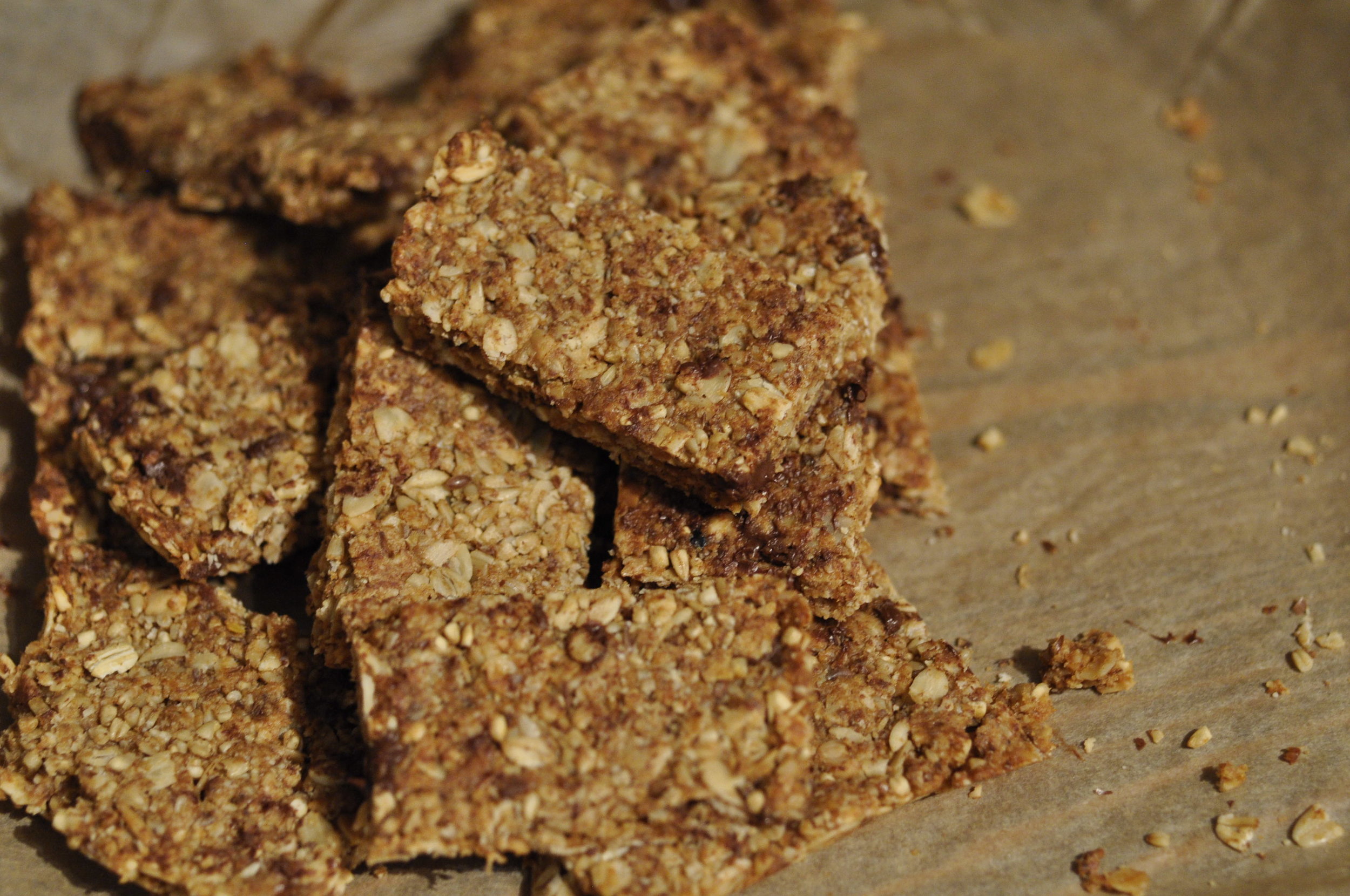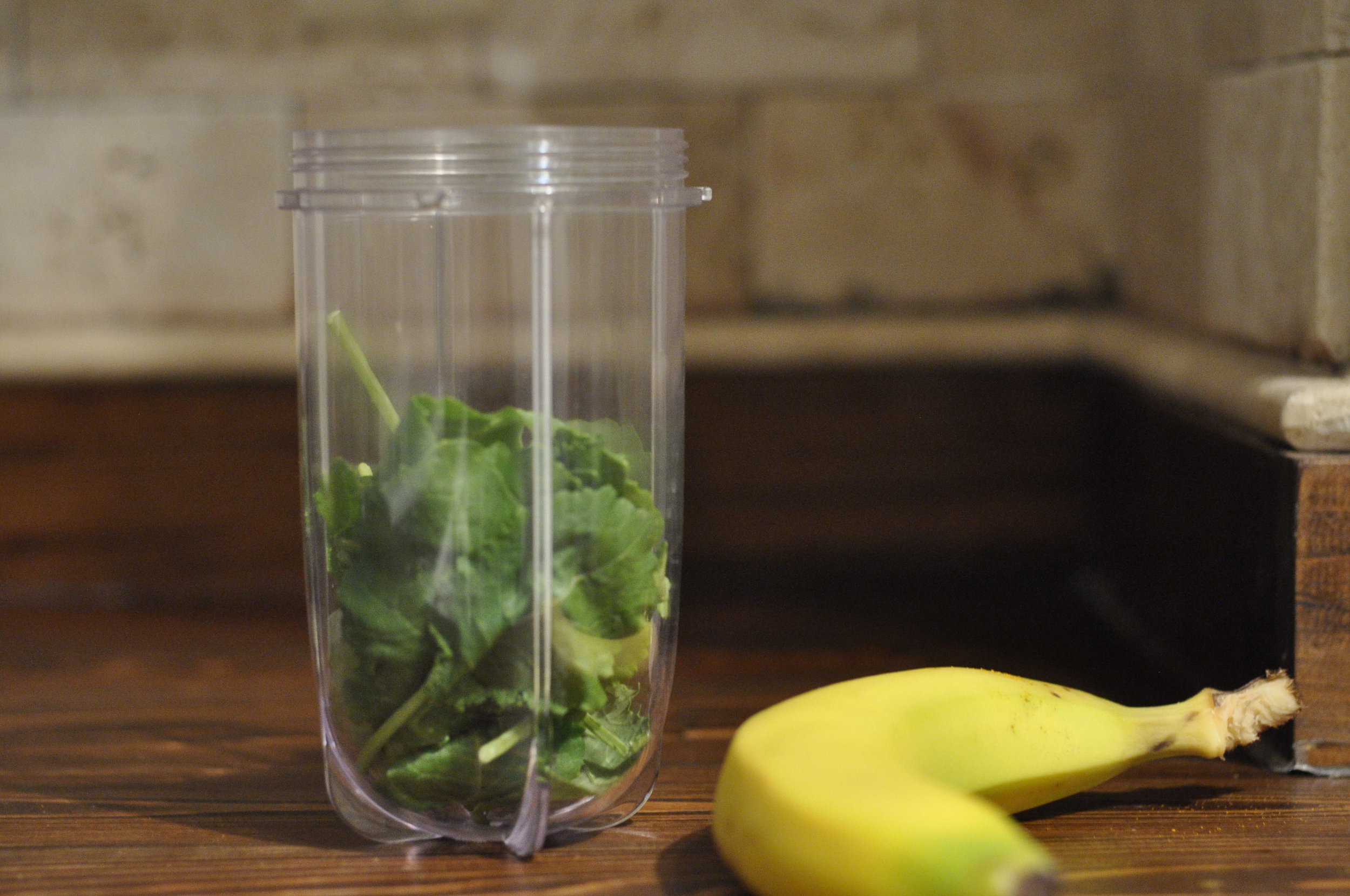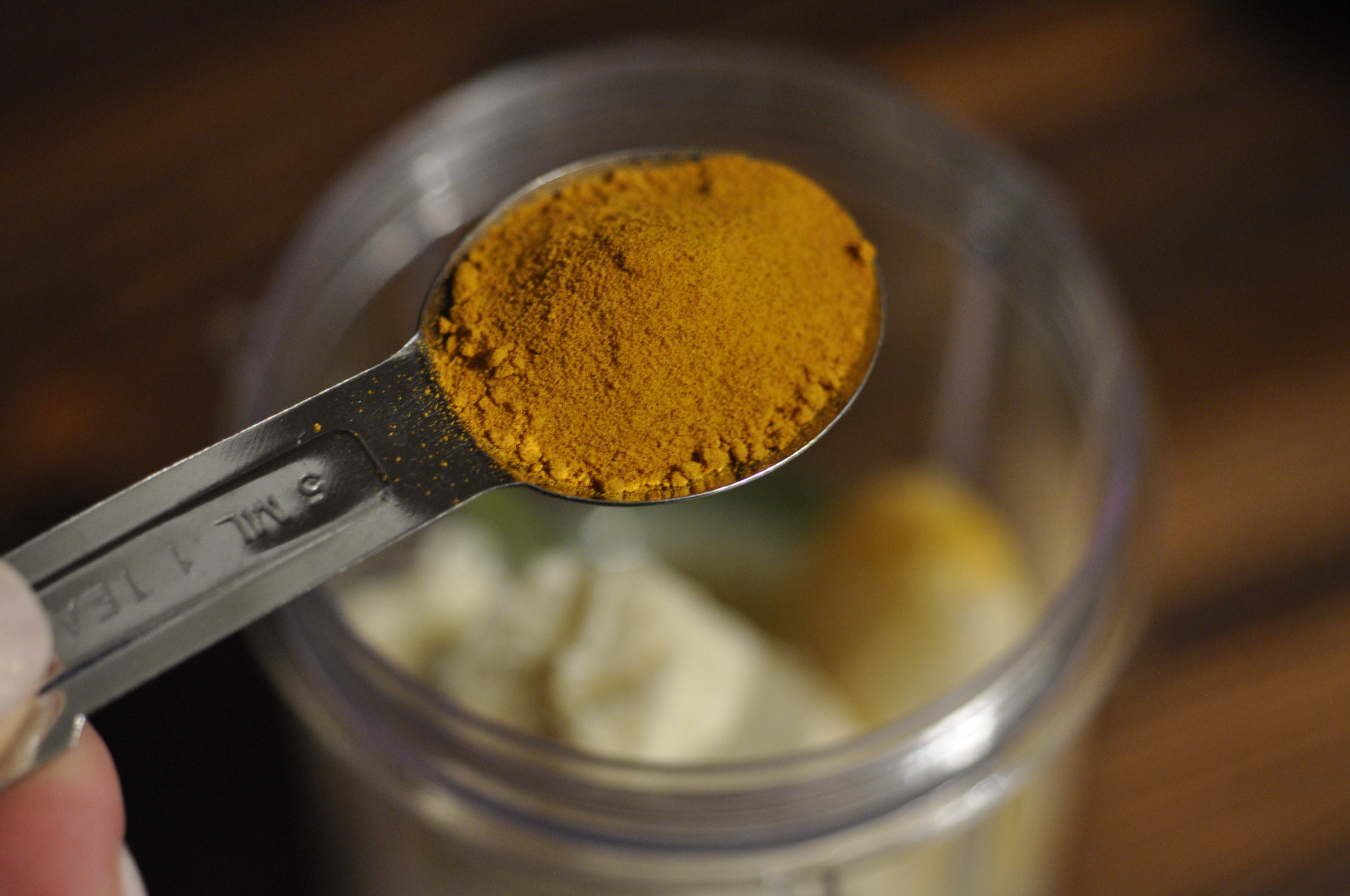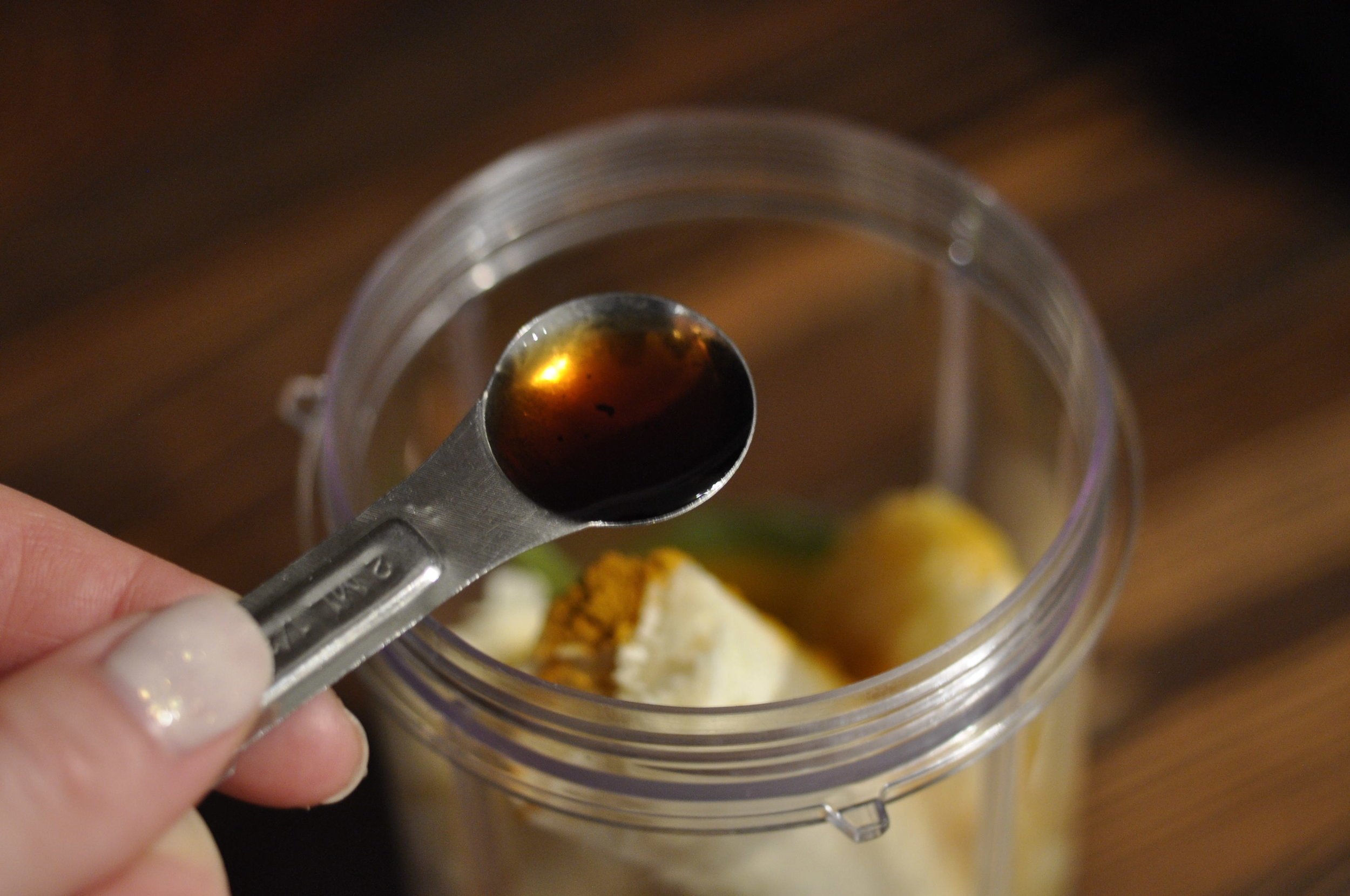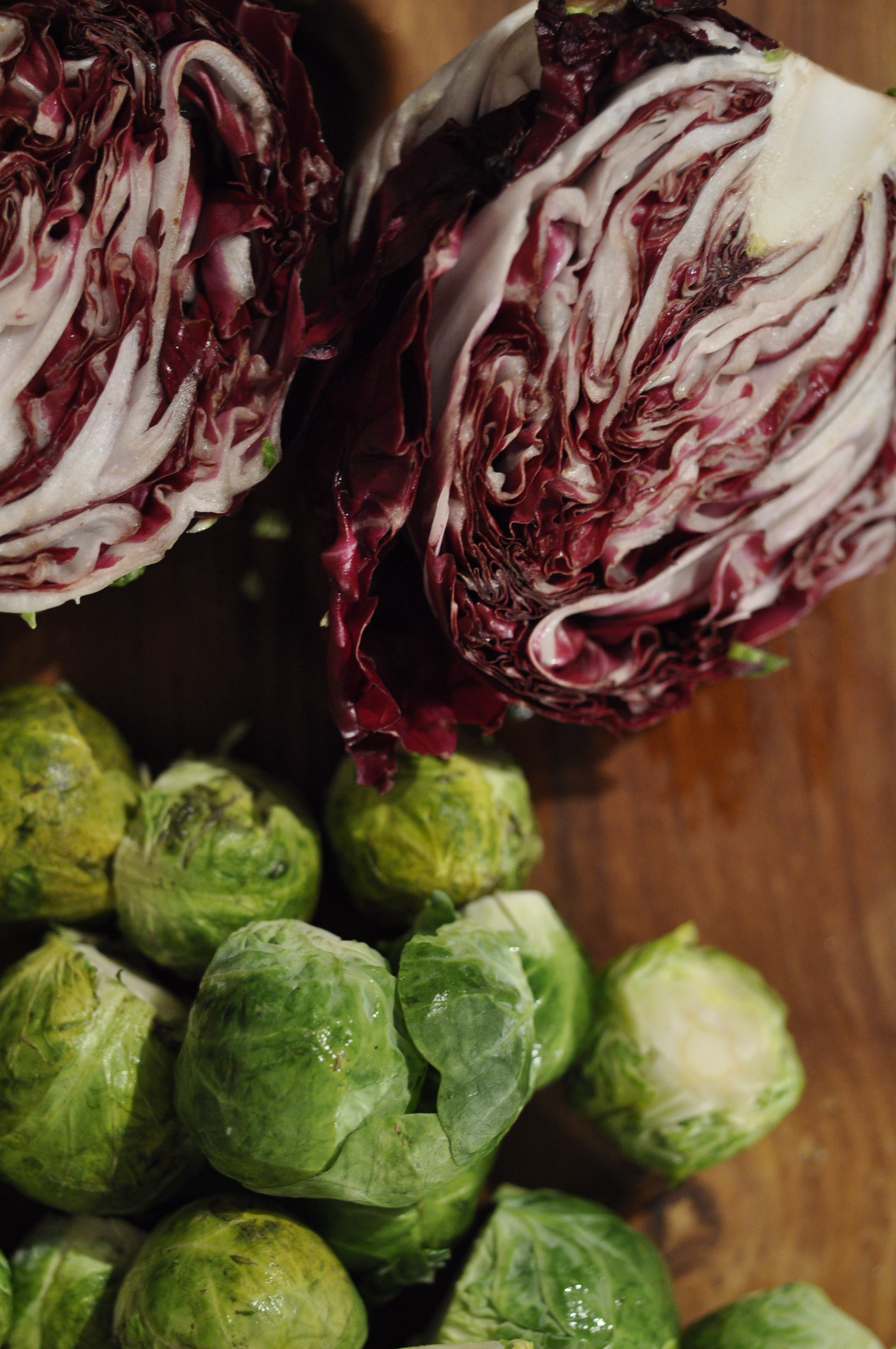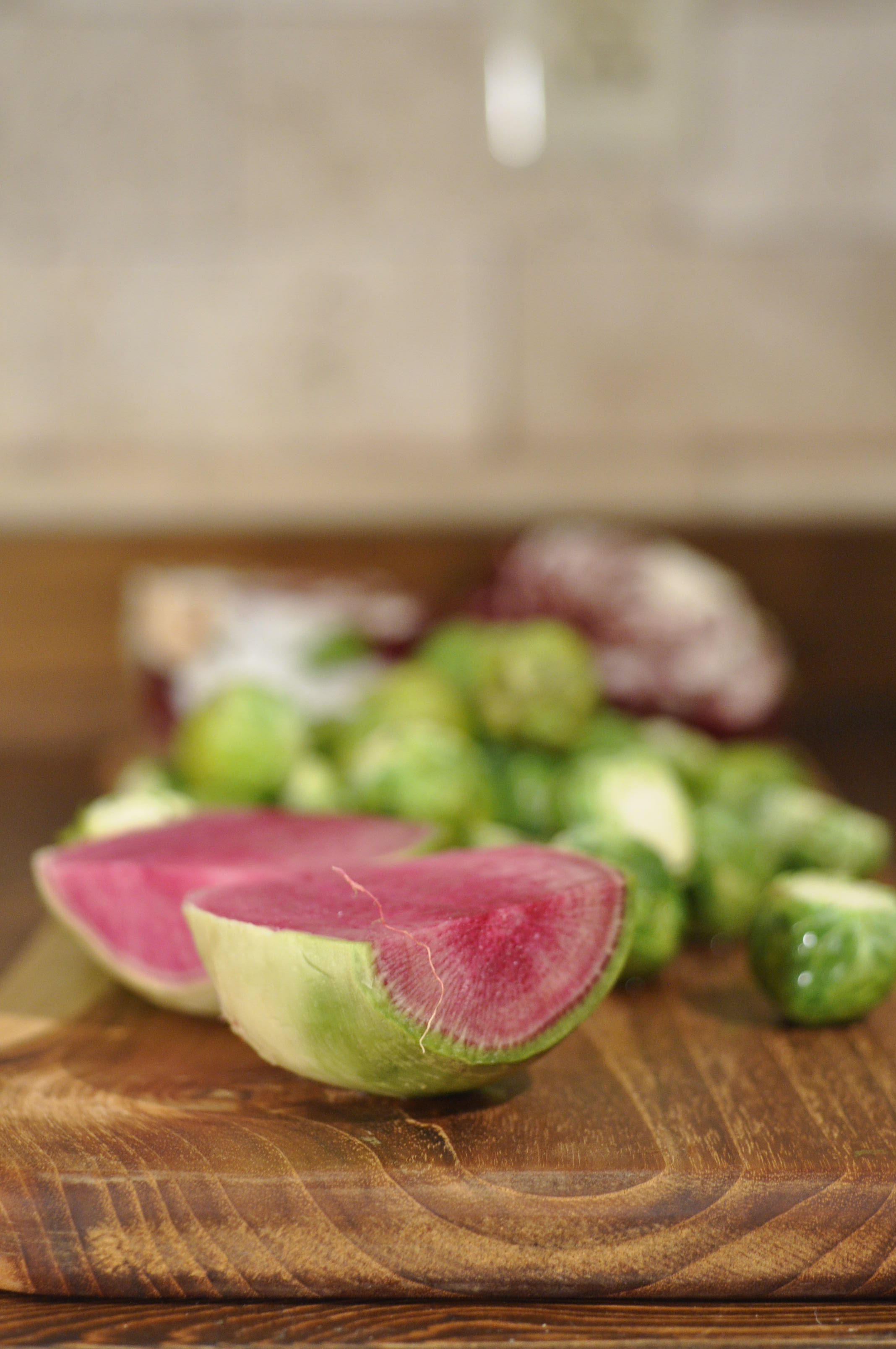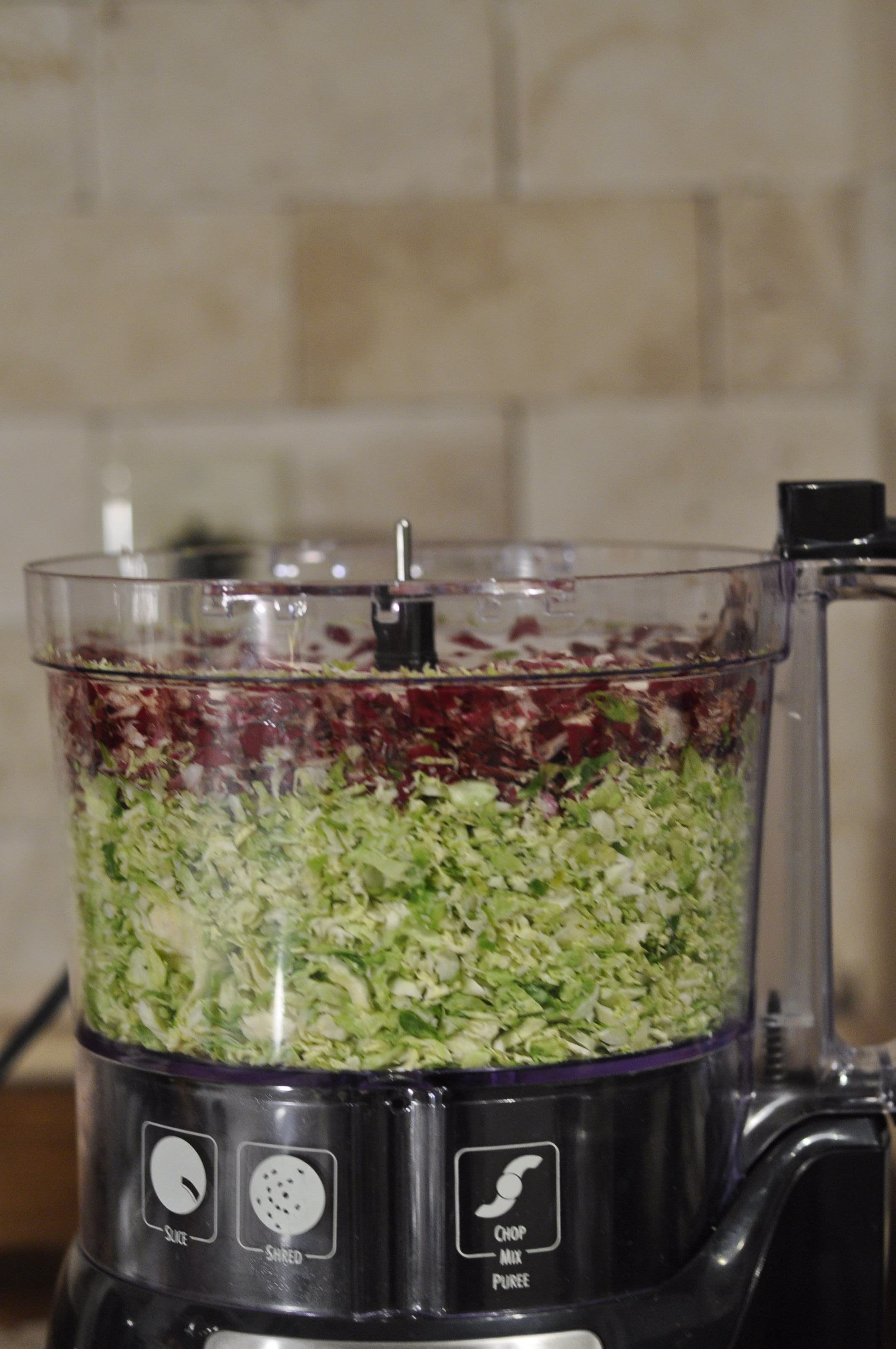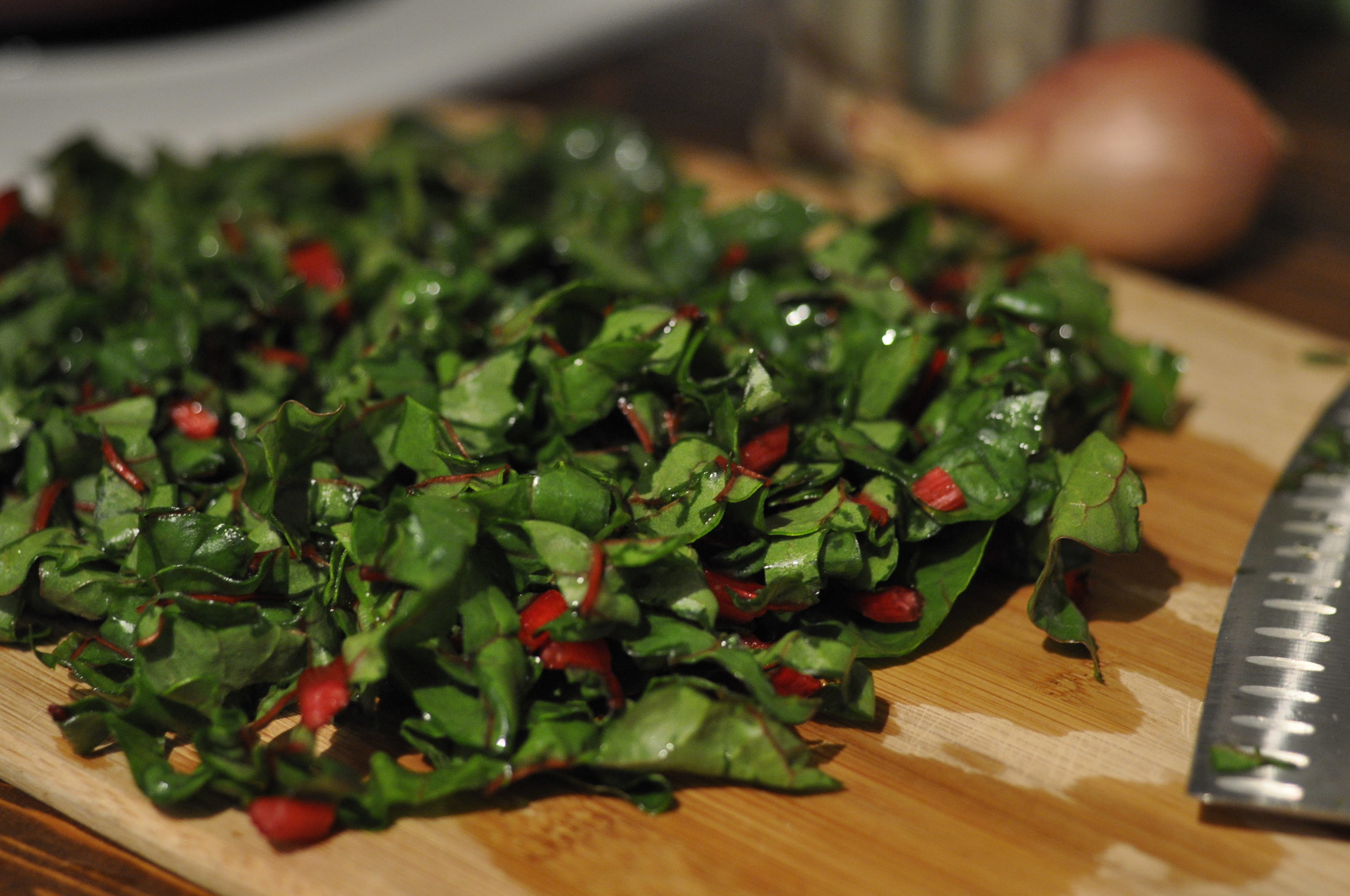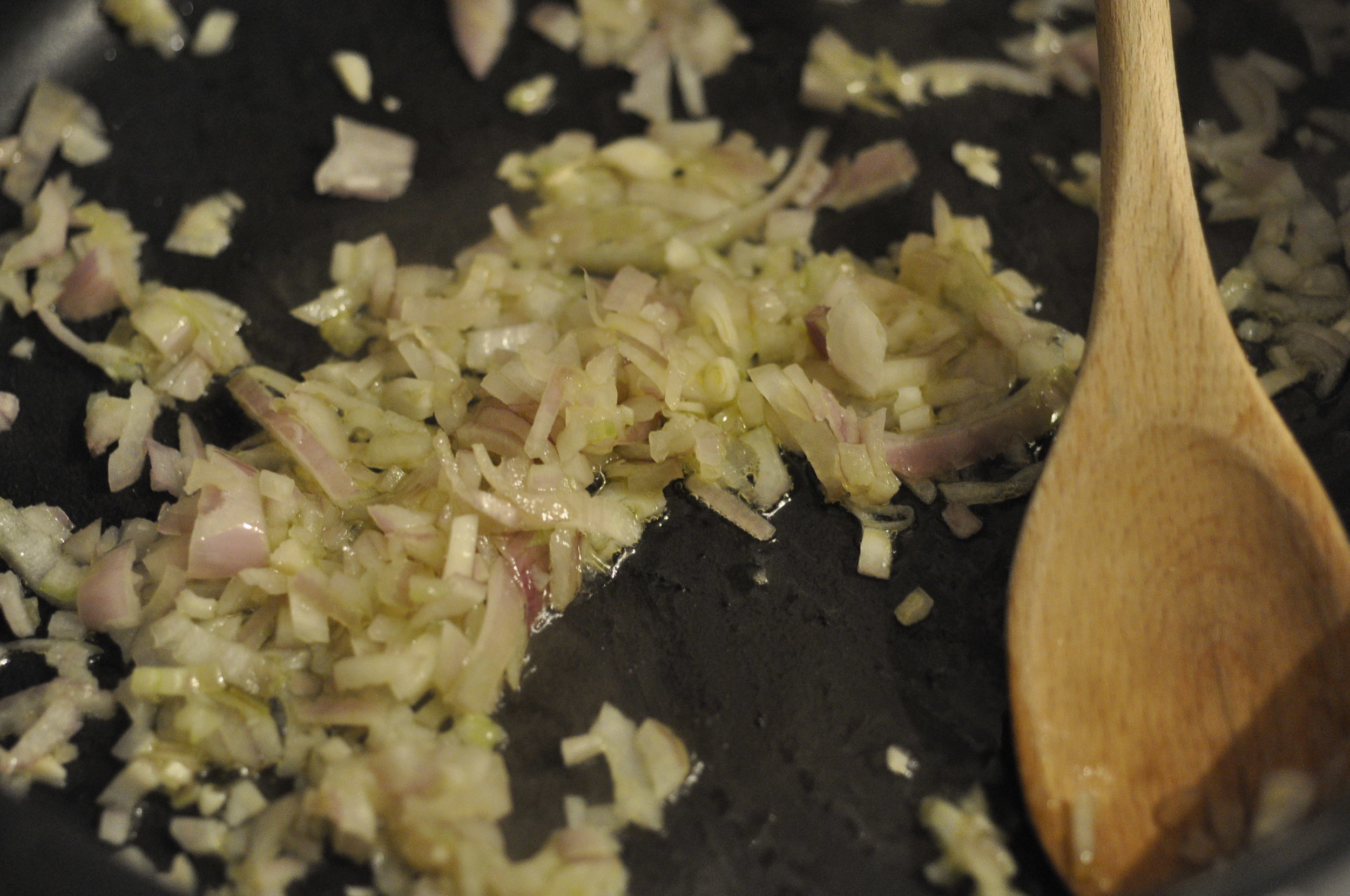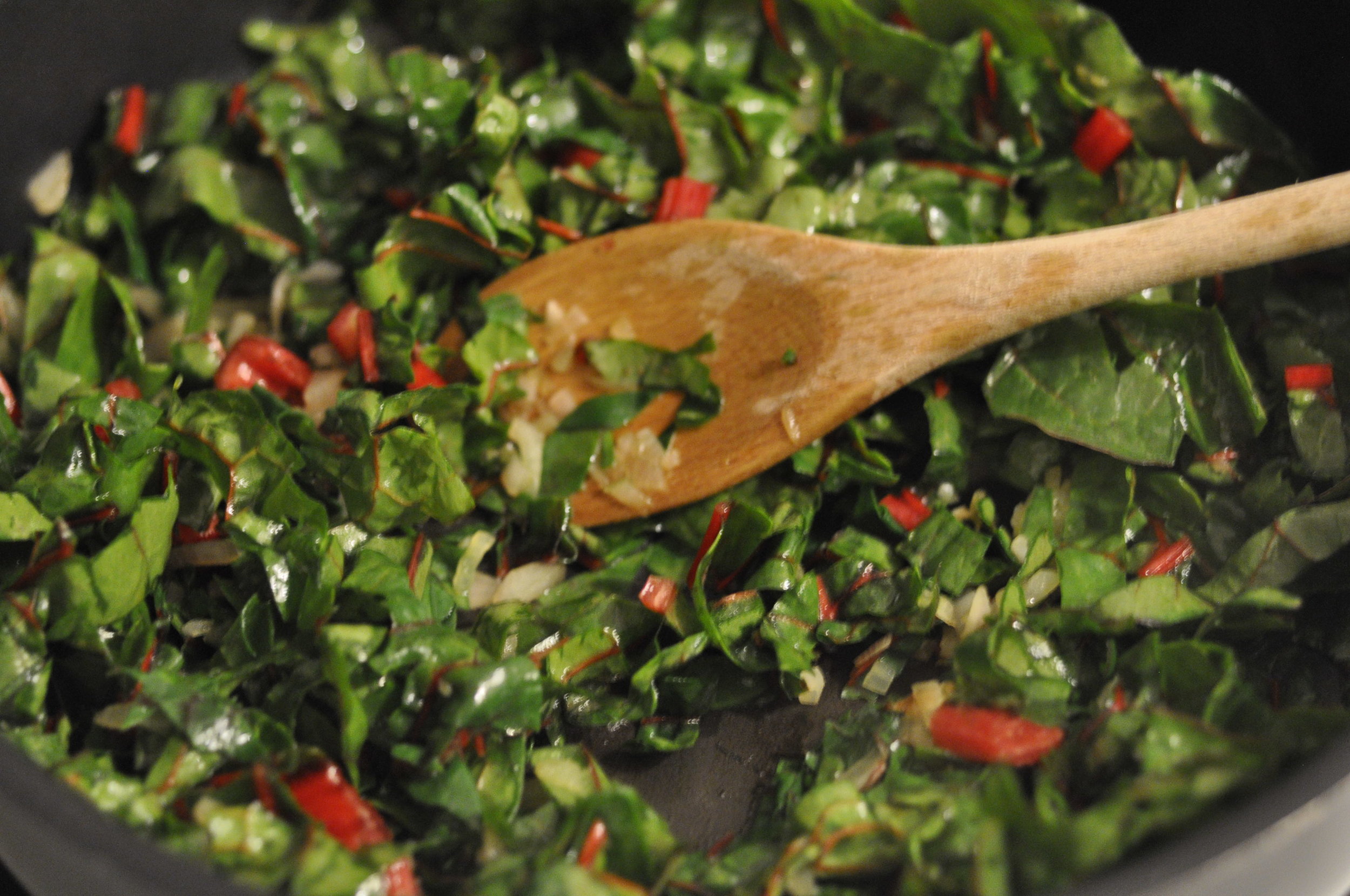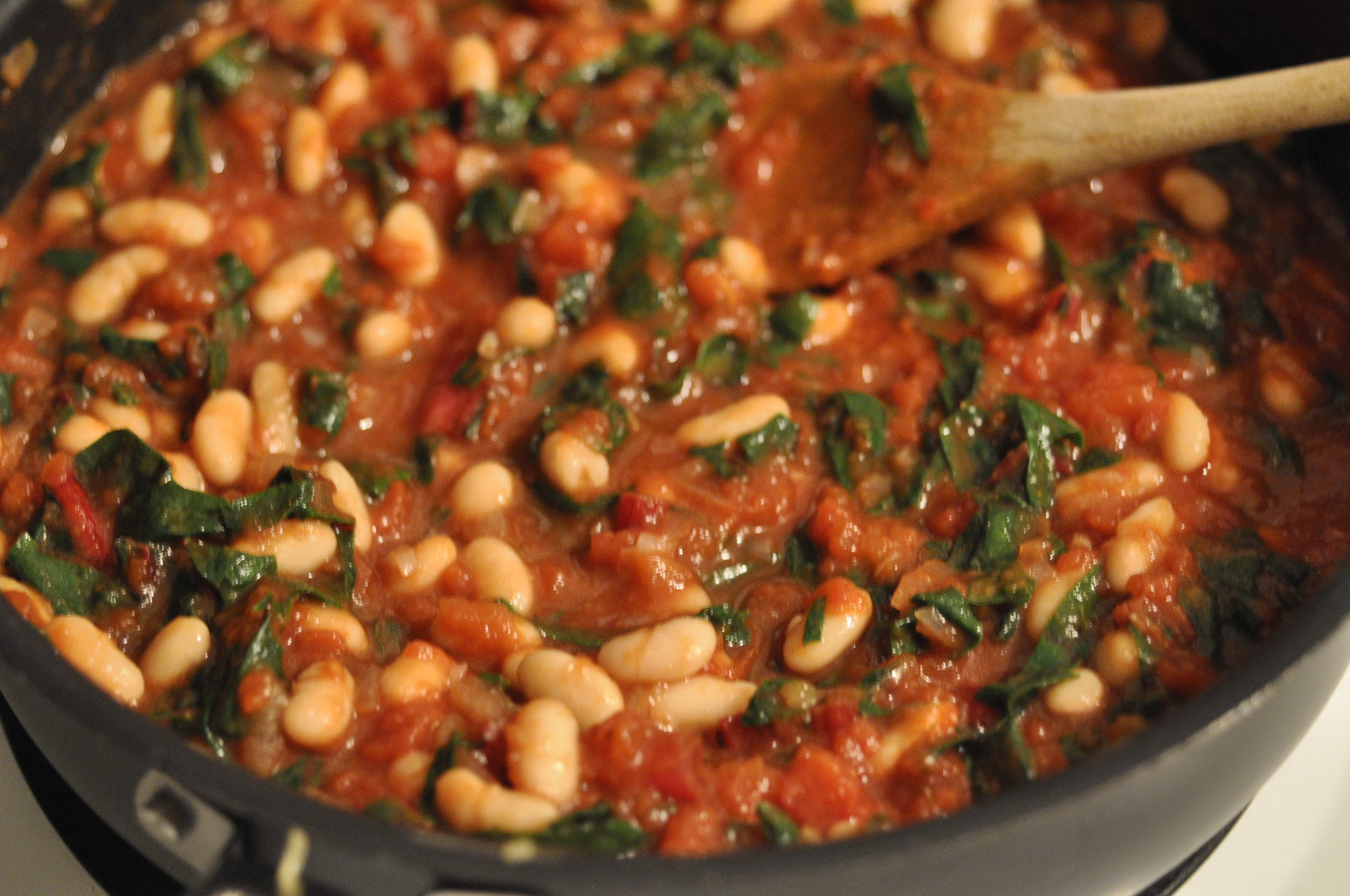“ANEWtrition isn’t about quick fixes and magic bullets. Your long-term health and well-being deserve more. It’s time to make your New Year authentic and most of all, fulfilling.”
It all started with my email. An undercurrent of frustration with constant New Year resolution conversation reached its boiling point while staring at my inbox. It's full of New Year’s attempts to inspire me to do things differently starting January 1st. From starting the year with a new diet to changing my budgeting habits, the subject lines simultaneously bring me a feeling of hope in a “new me!” and guilt in that “wow, maybe I’ve been doing it all wrong for an entire year or worse, a lifetime.” (Cue the total meltdown) I know I’m not alone in this. I hear it every day – “I will start my new diet in the new year” or “I’m joining a gym in the new year” or “I’ll change my spending habits and learn to save….in the new year.” January 1st brings a feeling of starting fresh, being different, and invokes the idea that we can suddenly be an improved version of ourselves. The feeling is so powerful that we continue to hold on to it year after year despite knowing through our own, personal research, that resolutions fail. And the guilt sets in when we realize that not only do we have personal challenges, but we are being reminded of them in full force this season - as if we haven’t been trying to face those challenges head-on for the last 365 days(!).
Let's be real. January 1, 2017 will be a New Year, but you will be the same you. The same you that worked every day in 2016 to be a better version of yourself. The same you that wakes up with the urging desire to maintain your mental and physical health. The same you that has the ability to transform in a second or the option to take your time in growth and transformation over months or years. The same you that will acknowledge the New Year on January 1st with excitement in knowing that every day brings the opportunity to grow. Embrace the same you.
Starting today, ditch the idea that you’ll suddenly become a different person with a new relationship to food or a new acceptance of your body on January 1st and instead, realize that every day is your opportunity to take steps in the direction you want to go. Don’t fall into the trap of unsustainable diet extremes or drastic cleanses. You have the wisdom to know that dieting extremes ultimately lead to guilt, deprivation, or a feeling of failure. Own the fact that you didn't fail, but the diet failed you. Own the reality that January 1st isn't any more magical than this very moment. Own the fact that because you aren't making an extreme change or committing to a resolution doesn't mean that you're giving up or are resigning to be stagnant.
Positive change doesn't happen at the stroke midnight. It happens when you give yourself permission to learn while understanding that you may stumble in the process. Be so humble that when you fall, you pick yourself up and move forward yet again. This New Year, discover your same you. Reacquaint yourself with what makes you feel your best.
Eliminate the negative, outside voices telling you what you should be, should do, or should look like and start with these three, simple steps to get back you in touch with your same you.
1. Unsubscribe and delete emails touting diet transformations, cleanses, or those sneaky new year, new you claims that make you feel like total shit. Am I right?
2. Unfollow toxic, unrealistic brands and people on all social media. You wouldn’t hang a before and after weight loss photo of a stranger on your bathroom mirror, would you? Don’t let those images hang in your memory day after day either. We're all different - we look completely different and we have our own ways of accomplishing our goals.
3. Write down one goal to begin working toward – today. Not the “lose weight because I think I should" kind of goal. I’m talking about those goals that are what you truly desire. You know, the kind that make you feel great inside and out. Now break it down into multiple, manageable goals and make them specific. Write one of them down and hang it in a place where you’ll see it every day.


